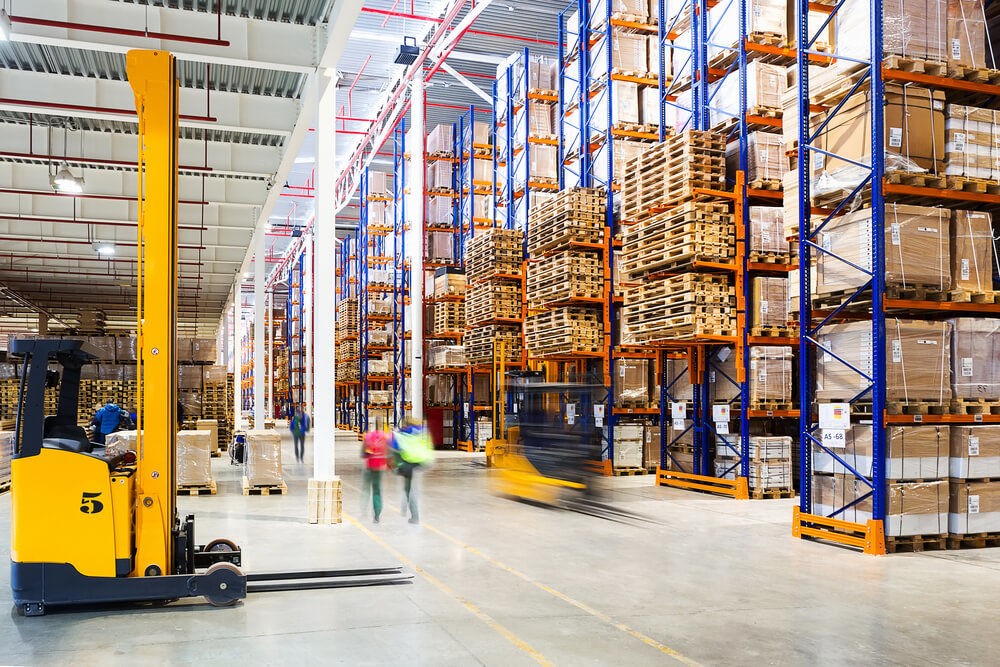
For the last several years, e-commerce has represented a growing share of the retail market, with the U.S. Department of Commerce estimating that consumers spent $513.61 billion online in 2018. With more consumers shopping online now than ever, many of us can relate to making an impulse purchase because there was a flash sale, or adding an extra item to our cart in order to get free shipping.
In a perfect world, e-commerce retailers would sell their products and merchandise online, and nothing would ever get returned. Unfortunately for these retailers, that’s not how it works. At least 30% of all products ordered online are returned, as compared to 8.89% in brick-and-mortar stores.
One of the reasons for the higher amount of returns is that online shoppers are unable to see, feel, or try on a product before purchasing it. Sometimes when it arrives on their doorstep, they realize that it isn’t what they were expecting, or it doesn’t fit properly. Other times, the wrong product is received, or the product arrives damaged.
What are some common reverse logistics mistakes?
For e-commerce retailers, reverse logistics is a necessary part of doing business. However, it doesn’t need to be a costly, time consuming process. As a leading fulfillment services and reverse logistics provider, many businesses have reached out to us after attempting to manage their returns in-house. When speaking with them, we often find that they were making at least one of these common mistakes, which can be avoided by partnering with an experienced reverse logistics company like ShipWizard.
- Not being prepared for the amount of returns your company receives. Some companies make the mistake of asking themselves, “Will we have to process many returns?” when they should be asking, “How will we effectively manage all of the returns that we receive?,” and doing everything possible to prepare. With almost a third of all orders being returned, failing to have a seamless returns management process in place will quickly lead to unhappy customers- many of whom may never return.
- Not providing a seamless experience to dissatisfied customers. When a customer is returning a product, chances are they are already somewhat unhappy. They’ve taken the time to research your product, order it online, pay for it, and wait for it to arrive, only to realize that they don’t wish to keep it. Now they have to spend additional time starting the return process, and shipping the product back. These customers expect nothing less than amazing service, and dealing with them can take up a lot of a retailers’ time, money, and resources. Outsourcing to a reverse logistics company ensures that these customers will be treated with the highest level of customer service throughout every step of the return process.
- Tossing returned products and taking a loss on them. A returned product that is damaged does not necessarily need to be tossed into the garbage. Instead, some of the value could be salvaged through secondary market sellers, resale shops, or companies that will buy your product for its undamaged parts. A reverse logistics company can help e-commerce retailers get every bit of remaining value out of returned products, resulting in less money lost.









